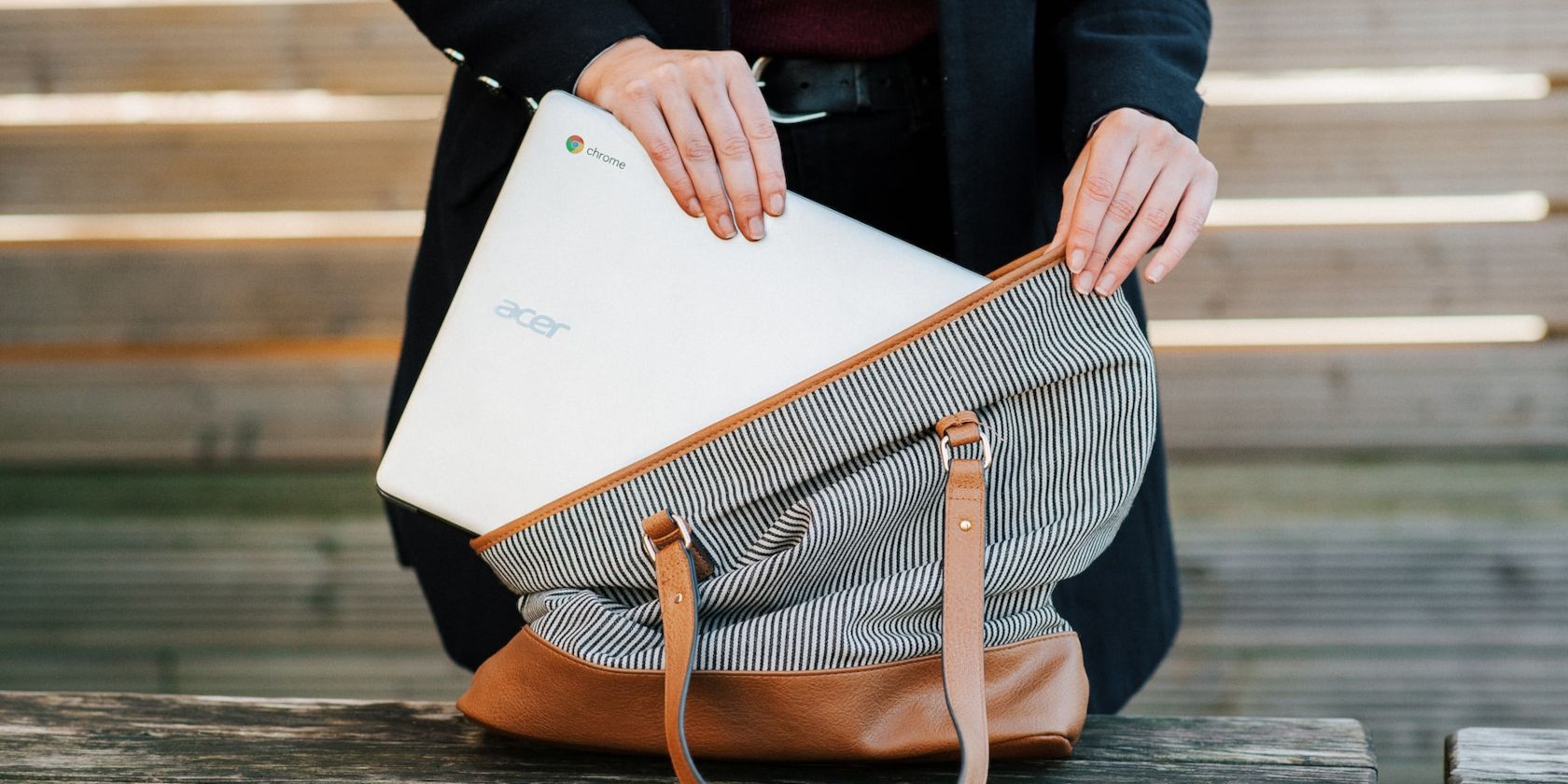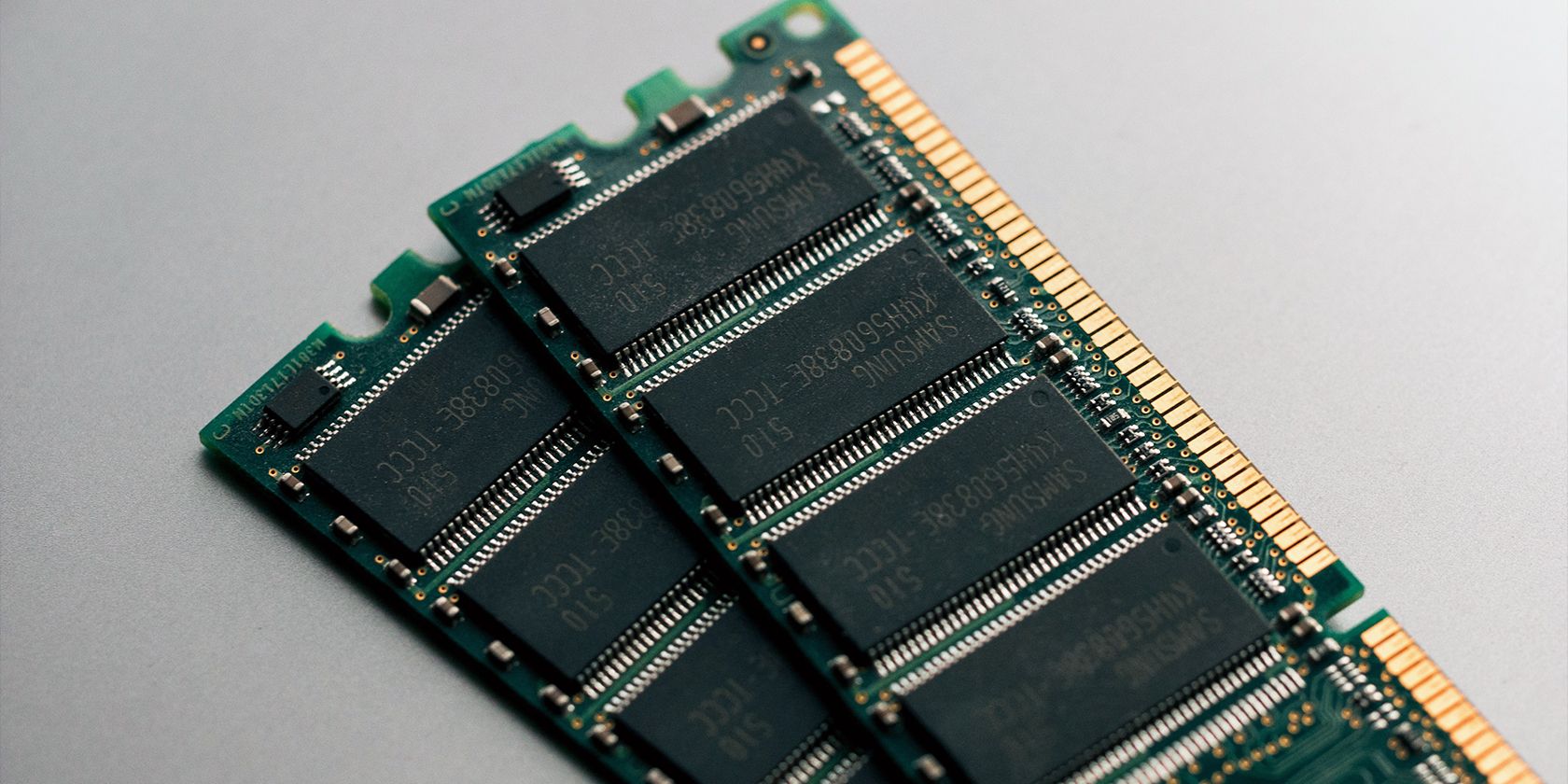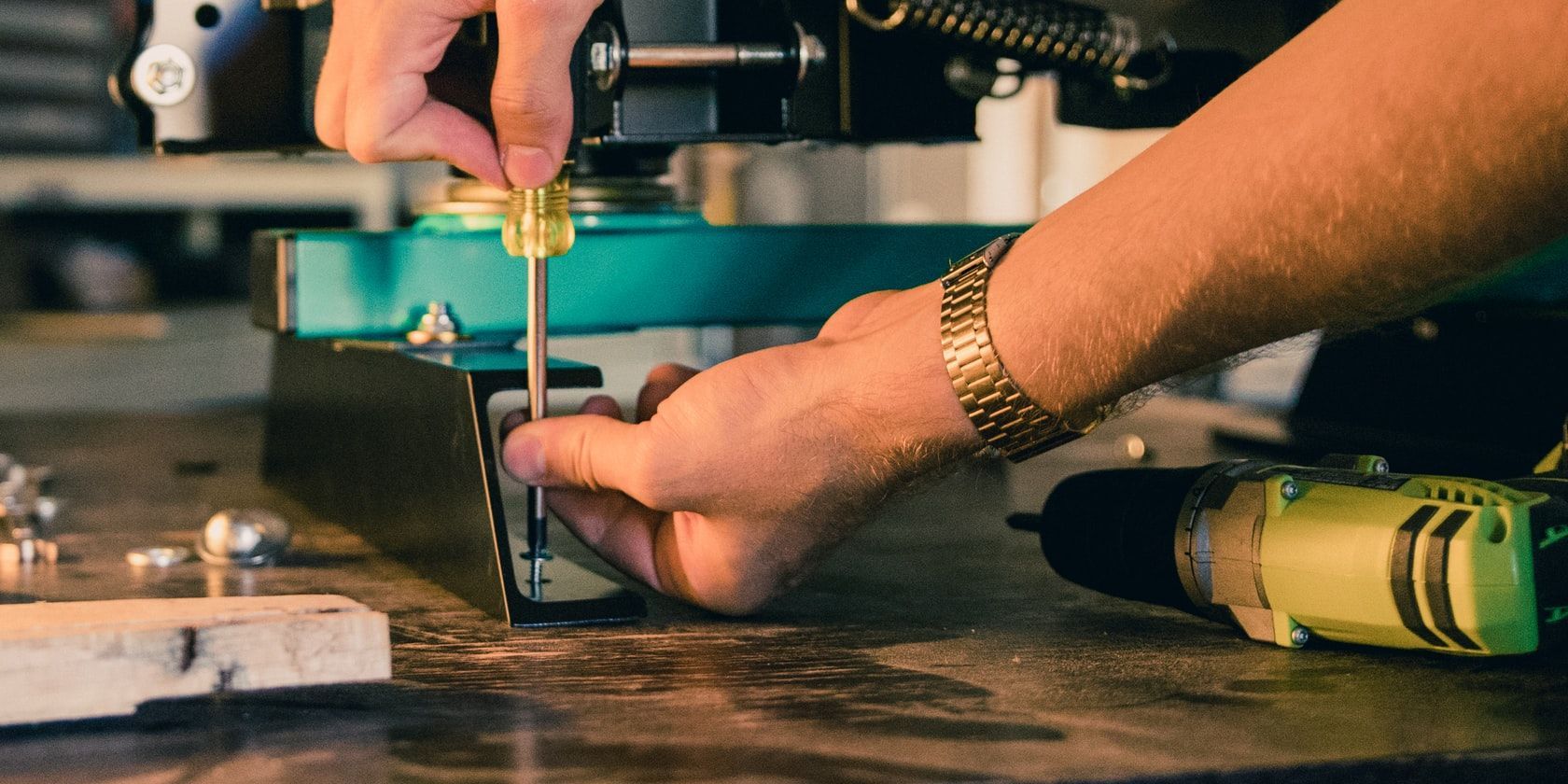Chromebooks hit an all-time popularity high in 2020 as billions of people were forced to stay home, and discovered they needed a cheap way of entertaining themselves, working, and engaging with the education system. But 2021 saw sales drop off sharply to 37.3 million units, and it's estimated that a mere 30 million Chromebooks will have shipped by the end of 2022.
With 2023 appearing over the horizon, the future looks bleak for Chromebooks. Why is it so?
1. Legal Woes Are Forcing Google Out of Education in the EU
Education is one of the largest markets for Chromebooks, and it's easy to see why. Chromebooks are cheap and can be easily managed en-masse by underfunded school administrators.
Google's suite of office tools, along with Google Classroom and Workspace also allow minimally trained teaching staff to set homework, prepare presentations, mark exercises, and stay on top of classroom administration.
Chromebooks proved invaluable to institutions during the pandemic, allowing schools to function, even when the teaching staff and students were confined to their homes.
But Google's stranglehold over the education market has taken a hit in Europe this year, due to concerns over privacy, GDPR violations, and non-competitive practices.
In July 2022, the Danish municipality of Helsingør banned Google Chromebooks and Google Workspace in schools due to data protection issues, with several other regions looking likely to follow suit.
The situation is worse in France, where in November, the French Ministry of National Education said that free versions of Microsoft Office, as well as Google Workspace, were incompatible with the GDPR. While Microsoft is likely able to get around this by charging subsidized student rates, Google won't have this option.
There have also been rulings that Dutch schools must stop using Google Cloud and email services, and German schools should stay away, too.
2. Most Chromebooks Still Ship With 4GB RAM—Which Is So 2013
Google can keep the price of Chromebooks low because of their modest specifications. Aside from processor upgrades, better battery life, and neat gimmicks such as touch screens and swivel screens, the hardware remains essentially the same as it was a decade ago.
In 2013, you could buy the Acer C710 Chromebook with 4GB RAM for under $250. Today, Chromebooks with similar specs are available for a similar price.
In the world of traditional laptops, 8GB is widely regarded as the minimum viable amount of RAM.
3. Chromebooks Are Still Hard to Upgrade
With limited RAM, and often with small eMMC storage devices, it's natural to want to upgrade your laptop to improve performance. With most laptops, this is simply a case of popping a few screws and making an order off Amazon. When your parts arrive, it'll take maybe half an hour to swap the new components in, reassemble, and check everything works as it should.
This isn't quite so easy with Chromebooks, which ship with their memory and storage units soldered to the motherboard. While it's technically possible to de-solder and upgrade, it isn't a simple task and will take more than an afternoon.
Laptop buyers looking to the future are likely to be wary of machines that can't be modified to increase performance.
4. Chromebooks Just Keep Running
There's no arguing that Google makes a quality product, and the people invested in the Google and Chromebook ecosystem are more than happy to stay there. The Chromebooks we mentioned from 2013 are still working just fine—given their limited use case as browsing machines—and are likely to carry on working perfectly for many years to come.
Chromebooks offer a virtually identical experience across devices, so unless you drop yours in the bath, there's not much point in buying a new one.
5. Other Laptops Are Better at a Comparable Price
Chromebook prices vary wildly, and you can pay anywhere from under $100 to around $1,000 to have Google's logo on your laptop lid. Most Chromebooks tend to be in the $250 to $500 range, and at this price, they don't stand up to the competition.
A quick look through Amazon listings reveals roughly half of all Chromebooks still come with the same tired 4GB RAM, which is inexcusable in 2022—especially if you plan on having more than a handful of tabs open on your browser. Even with a heavy discount, Chromebooks just aren't the bargain they used to be.
6. Chromebooks Are Still Web-First Browsing Machines
Google's vision for Chromebooks was a good one: A laptop form device used for Googling on the web, and light browser-based productivity tasks in the Google Cloud. There would be no need for much RAM, as any serious heavy lifting would be done on Google servers, and with your files stored online in your Google Drive, there's no need for decent storage.
This much is still true, and if all you want is to use Google Chrome and Google web apps, then a Chromebook is perfect for you.
But even Google seems to have recognized that users want more from their machines than the original Chromebook vision can offer.
Android apps have been available to owners of certain Chromebooks for some time, and Project Crostini allowed some full-blown Linux desktop apps to run on Google hardware—although a widely available Steam client is still some way off.
Due to the intentional limitations of most Chromebooks, they simply aren't up to handling anything more resource-intensive like gaming, game development, video, or graphics editing. Doing anything truly productive or impressive with the Chromebook's typical 4GB RAM and 64GB storage is either impossible or underwhelming.
2022 Wasn't Great for Chromebooks, and 2023 Might Not Be Either
The Chromebook as it stands in 2022 isn't one thing or another. It's a compromise between Google's original vision, and a Frankenstein-esque mishmash of extra parts, which is proving increasingly unattractive to buyers. The education market looks increasingly more unstable too, as Google is driven out of classrooms across the world, and there's no point in having a Chromebook if you can't use Google software.
In such a case, you can do yourself a favor and buy a proper laptop, and then install Linux on it.





